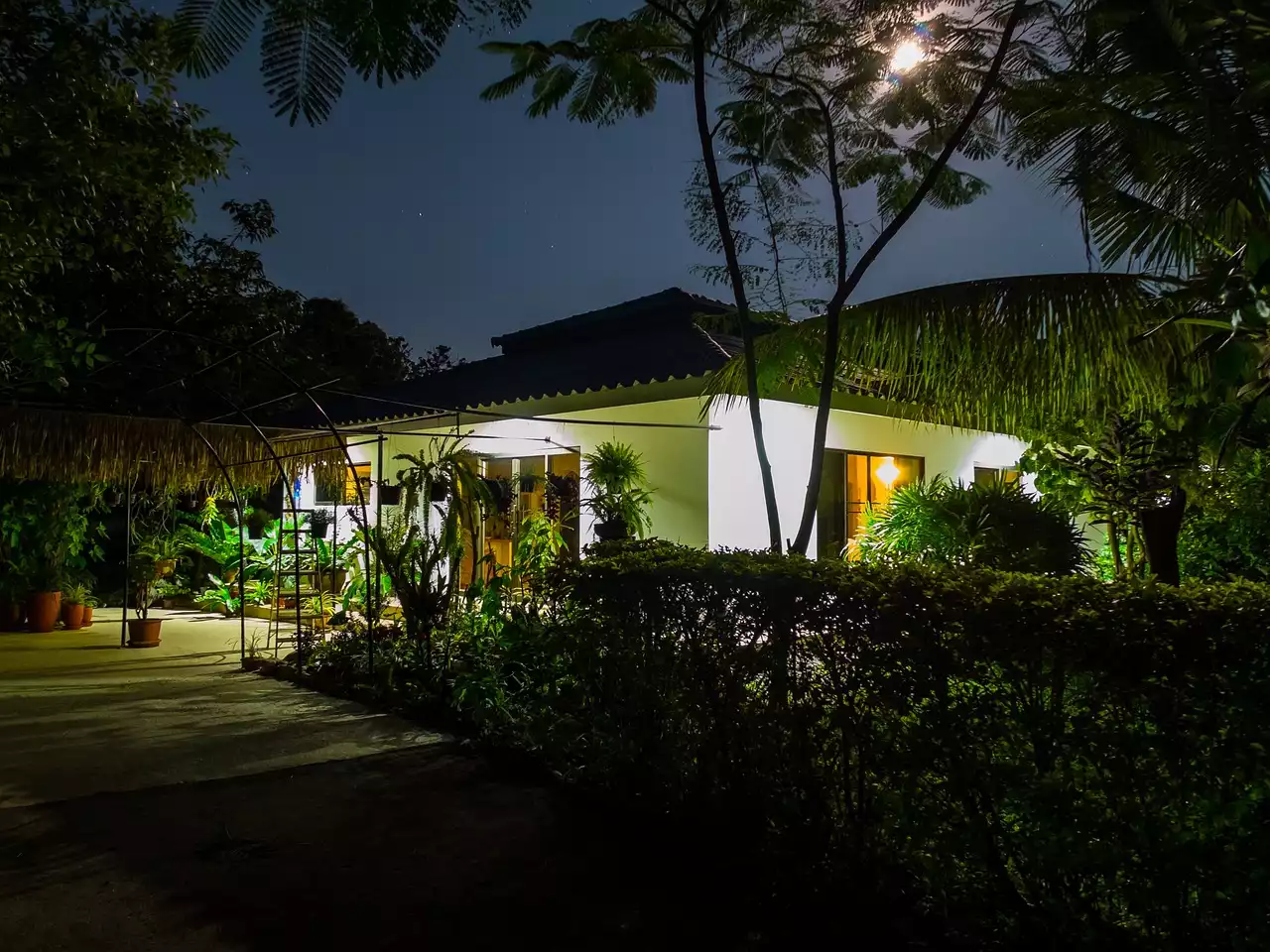Benefits of DIY Lighting
One of the main benefits of DIY lighting is that it can be tailored to suit any type of garden. Various lights can be installed in your garden, from solar lights to string lights, and each type of light can be placed in different locations in your garden. You can also use different colors and styles of bulbs to create different moods and looks in your garden. There are also many different ways to install your DIY lighting, such as mounting the lights on poles or trees, attaching them to walls, or placing them on the ground. From providing extra security to illuminating pathways and gardens, there are many reasons to consider adding DIY lighting to your landscaping project. Other benefits of adding DIY lighting to your garden include increased safety, better visibility and accessibility, and reduced electricity bills. With DIY lighting, you can create a safe environment where you and your family can enjoy the outdoors after dark. You can also see your garden during the day or even at night, as well as illuminate pathways and walkways for safer walking and access. You can even use DIY lighting to reduce your electricity bills by adding solar lights to your landscaping. Solar lights are a great way to reduce your costs, as they are powered by the sun and don’t require any electricity from your home.
Types of DIY Lighting
There are a variety of different types of DIY lighting available, each with its unique benefits. Depending on the type of garden you have, you may want to use a certain type of light in your landscaping project. Here are some of the most common types of DIY lighting you can use when landscaping your garden.
- Light Sticks - Light sticks are great for illuminating fountains and water features, such as ponds, lakes, or a water wheel.
- Ground Lights - Ground lights are great for illuminating pathways, walkways, and your patio or deck.
- Path Lights - Path lights are perfect for illuminating smaller gardens and walkways. They are also great for lighting smaller plants and flowers.
- Patio Lights - Patio lights are great for lighting up your patio or deck, making it the perfect spot for entertaining after dark.
- Wall Lights - Wall lights are perfect for illuminating your home or garden. They are also great for lighting up larger gardens and spaces.
- Hanging Lights - Hanging lights are perfect for illuminating trees, pergolas, and any other structures that are already in your garden.
Outdoor Lighting Safety
When it comes to safety, there are a few things you should keep in mind when installing DIY lighting in your garden.
- Use Ground Fault Circuit Interrupters (GFCI) - Ground fault circuit interrupters (GFCI) are important when installing outdoor lighting in wet areas such as gardens and near ponds and lakes. They are designed to trip when current is flowing to an ungrounded source, such as a broken wire. This can help prevent you from coming in contact with electricity in these wet areas.
- Stay Out of Wet Areas - When installing outdoor lighting in wet areas, such as near a pond or lake, stay out of the water. Be careful not to step in the water and make sure you keep any wiring out of the water as well.
- Stay Clear of Pathways - When installing outdoor lights, stay clear of walkways so you and your guests don’t trip over the cords.
Design Ideas for DIY Lighting
When it comes to designing your outdoor lighting landscape, there are plenty of different options to choose from. You can create a romantic setting by lighting up trees, shrubs, and flowers with hanging lights or wall lights. If you want to create a fun, festive atmosphere, you can install ground lights or path lights. You can even create a sports-themed garden by installing sports-themed lights such as footballs, baseballs, or basketballs. You can even create a unique and creative garden by using unusual items such as books, record players, or toy cars. The possibilities are endless when it comes to designing your outdoor lighting landscape, so be creative and have fun with it!
Installation Tips for DIY Lighting
Once you’ve picked out the perfect lighting fixtures, it’s time to install them in your garden. Here are some tips for installing your DIY lighting in your garden.
- Plan Your Lighting Layout - Before installing your lights, take some time to plan your lighting layout. This will help you choose the best lights for your garden and where to place them.
- Install Ground Lights - Install ground lights in areas where you want to highlight plants or flowers. These lights are great for smaller gardens.
- Install Patio Lights - Install patio lights near pathways, trees, and your patio or deck to illuminate your landscaping.
Maintenance Tips for DIY Lighting
One of the most important parts of any DIY project is maintenance, and the same applies to your outdoor lighting. Here are some tips for maintaining your outdoor lighting.
- Keep Dirt or debris away from your lights. Dirt or debris can get caught in the wiring or fixtures, which can damage your lights and shorten their lifespan. - Clean your lights regularly to remove dirt and grime build-up. Cleaning your lights will help them last longer and look newer for longer.
- Replace old or broken lights immediately. Broken lights are a safety hazard and should be replaced as soon as possible.
- Install a surge protector. A surge protector can help protect your lights in the event of extreme weather or heavy rain.









